 A New York Times article on March 17th includes an op ed., stating in part,
A New York Times article on March 17th includes an op ed., stating in part,
“Water may be the most important item in our lives, our economy and our landscape about which we know the least.”
Concurrently, the Washington Post ran an article reporting that:
“The World Health Organization has put a number on the people estimated to have died as a result of living or working in an unhealthy environment and it’s big — 12.6 million. That number represents one in four of all deaths globally and underscores the devastating impact of the chemicals and waste we’ve been putting into the air, water and earth since the end of World War II.”
These reports underscore many of the themes that I have been writing about these last few months: Why do we leave these critical issues to resolution as we might any other tort-based claim. By contrast, the societal impacts of pollution directly affect our health and enjoyment of our natural environment. The costs of investigation and cleanup – whether in the form of scientific remediation or as damages to those injured by the contamination – are borne directly by our business communities and the American taxpayers. Further, we spend far too many discretionary dollars in moving these cases through an over-burdened and overly expensive court system – which is not designed to handle the difficult scientific and regulatory issues that predominate in environmental cases. [Read more…]
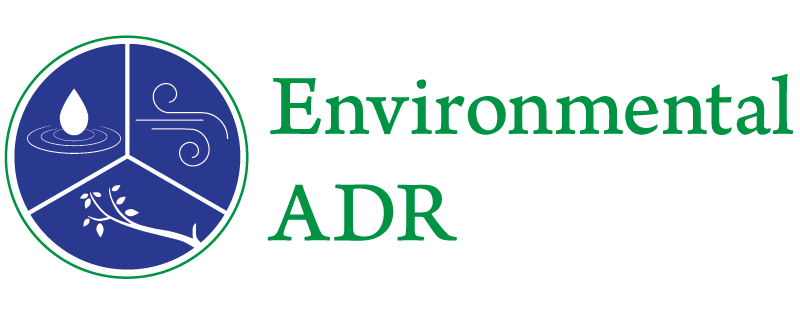
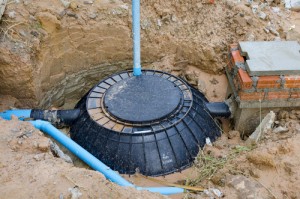
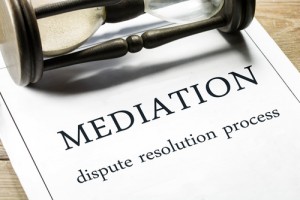 Practitioners in the field of ADR lament that mediation has become increasingly “judicialized” – meaning that it is all too often viewed as just another step on the litigation path toward trial. That was not the prevailing view when I began my mediation practice almost 25 years ago. Mediation was viewed as a uniquely significant settlement opportunity, where the parties came prepared to explore settlement options and to negotiate their way to that end.
Practitioners in the field of ADR lament that mediation has become increasingly “judicialized” – meaning that it is all too often viewed as just another step on the litigation path toward trial. That was not the prevailing view when I began my mediation practice almost 25 years ago. Mediation was viewed as a uniquely significant settlement opportunity, where the parties came prepared to explore settlement options and to negotiate their way to that end.
 Recent decades have seen a dramatic rise in the use of Alternative Dispute Resolution (ADR) proceedings as a means to evaluate claims and compensate qualified parties in a mass claims settings. These cases can arise from settlements in class or mass actions filed in court or as government-originated programs designed to compensate victims of a military or environmental disaster.
Recent decades have seen a dramatic rise in the use of Alternative Dispute Resolution (ADR) proceedings as a means to evaluate claims and compensate qualified parties in a mass claims settings. These cases can arise from settlements in class or mass actions filed in court or as government-originated programs designed to compensate victims of a military or environmental disaster. What Is the Added Value of the Mediator In Getting Cases Settled? It is important to note that mediation is a tool that can help in some but not all cases. Lawyers and clients settle cases everyday without the assistance of a mediator. Clearly, mediation is not warranted in those cases and is not intended to replace what lawyers do well on their own. In fact, most cases reach resolution in this way, and that is a very good thing.
What Is the Added Value of the Mediator In Getting Cases Settled? It is important to note that mediation is a tool that can help in some but not all cases. Lawyers and clients settle cases everyday without the assistance of a mediator. Clearly, mediation is not warranted in those cases and is not intended to replace what lawyers do well on their own. In fact, most cases reach resolution in this way, and that is a very good thing. There has been a lot of news recently about large-scale releases of contaminants into the air, water and soil, which have affected large numbers of people and their property. One such example is the discovery of high concentrations of lead in Flint, Michigan’s drinking water system. Another is the ongoing release in Southern California of large volumes of natural gas into the soils below the homes of residents living there. Other examples include the oceanic release of oil into the Gulf of Mexico, and the widespread property damage caused by hurricanes Sandy and Katrina to many thousands of people living in their paths.
There has been a lot of news recently about large-scale releases of contaminants into the air, water and soil, which have affected large numbers of people and their property. One such example is the discovery of high concentrations of lead in Flint, Michigan’s drinking water system. Another is the ongoing release in Southern California of large volumes of natural gas into the soils below the homes of residents living there. Other examples include the oceanic release of oil into the Gulf of Mexico, and the widespread property damage caused by hurricanes Sandy and Katrina to many thousands of people living in their paths.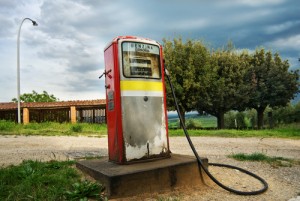 I’d like to put some meat on the bones of the cost-saving aspects of environmental mediation. I have argued that environmental mediation, properly executed, provides the opportunity to eliminate costs of duplicate work by multiple parties, while preserving every party’s right to negotiate hard on the merits of the dispute and to reach an agreed-upon allocation of the costs of dealing with the contamination at issue. In this blog, I present a hypothetical situation – based on successful mediations I have conducted – to help the reader understand why I say this.
I’d like to put some meat on the bones of the cost-saving aspects of environmental mediation. I have argued that environmental mediation, properly executed, provides the opportunity to eliminate costs of duplicate work by multiple parties, while preserving every party’s right to negotiate hard on the merits of the dispute and to reach an agreed-upon allocation of the costs of dealing with the contamination at issue. In this blog, I present a hypothetical situation – based on successful mediations I have conducted – to help the reader understand why I say this.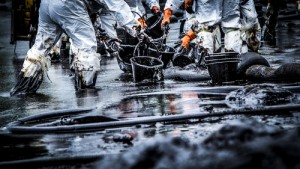 Lawyers are creatures of habit. We are steeped in it. It starts with the training we receive in law school where we are taught a series of rules and procedures to be followed in all legal proceedings. In litigation the rules cover everything from cradle to grave, starting from the initiation of a lawsuit through trial and final appeal. The rules are intended to guarantee that each case will receive identically fair consideration and due process protections, irrespective of who the parties are or the nature of the dispute. Everyone is entitled to equal treatment and the process is the same for everyone. Every case is handled the same way.
Lawyers are creatures of habit. We are steeped in it. It starts with the training we receive in law school where we are taught a series of rules and procedures to be followed in all legal proceedings. In litigation the rules cover everything from cradle to grave, starting from the initiation of a lawsuit through trial and final appeal. The rules are intended to guarantee that each case will receive identically fair consideration and due process protections, irrespective of who the parties are or the nature of the dispute. Everyone is entitled to equal treatment and the process is the same for everyone. Every case is handled the same way. New Jersey Public Television (NJTV) recently completed a broadcast of a three-part expose on the dangers and difficulties stemming from as many as 100,000 underground storage tanks that remain in the ground throughout the state. In very stark terms the NJTV report warns that some of the sites are “nightmares” and “environmental ticking time bombs”, posing an immediate threat of contamination from seepage into ground water and basements in heavily populated areas.
New Jersey Public Television (NJTV) recently completed a broadcast of a three-part expose on the dangers and difficulties stemming from as many as 100,000 underground storage tanks that remain in the ground throughout the state. In very stark terms the NJTV report warns that some of the sites are “nightmares” and “environmental ticking time bombs”, posing an immediate threat of contamination from seepage into ground water and basements in heavily populated areas.
